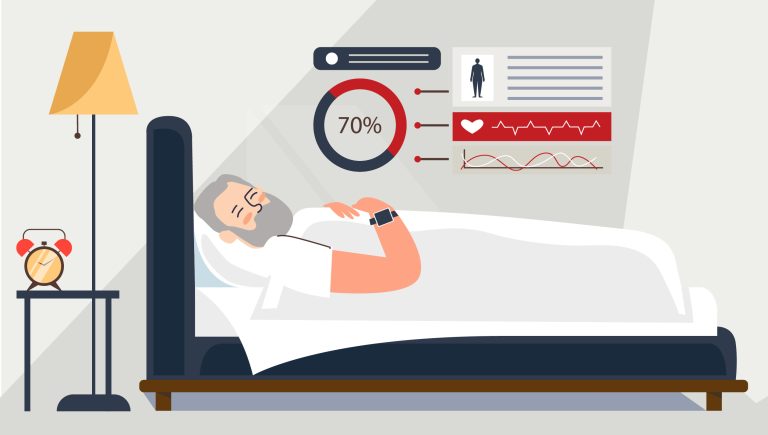
Shannex is seeking a solution to monitor resident sleep and provide exit-bed notifications to staff to increase the health and safety of their residents and provide a more efficient delivery of care.
Shannex is posting this Call for Innovation to seek out qualified Canadian companies who can meet the desired outcomes. Shannex and CAN Health reserves the right to not move forward with this project at its full discretion and in particular if there are no qualified Canadian companies that can reasonably meet the desired outcomes.
To qualify for a CAN Health project, the company must have its headquarters in Canada and/or the majority (>50%) of the company owned by Canadians and/or significant economic impact to Canada including a high Canadian job creation potential, >70% of contract value to Canada (for distributors of a non-Canadian solution), independent autonomy over business operations and product development (for subsidiaries, affiliates or distributors), current presence (office(s) and client(s)) and can benefit from the CAN Health Network. Priority will be given to companies that meet all eligibility criteria.
For more information on the Call for Innovation process and the commercialization projects funded by CAN Health Network, please refer to the FAQ page on the CAN Health Network website: https://canhealthnetwork.ca/faq/
Problem Statement: Sleep sensor technologies used in long-term care settings have been shown to improve resident safety and quality of care. Systems that notify staff when a resident exits the bed can ensure staff are on hand to prevent falls. The data that is gathered through the sensor system provides an ongoing profile of residents’ sleep quality and sleeping behaviour patterns. This information can be used by clinical teams to inform and assess the impacts of care interventions on resident wellness (e.g. effectiveness of medication changes).
Objectives: Shannex would like to implement sleep sensor technology in their long-term care homes to assess the impacts for staff and residents. The goals of this project would be to reduce falls, improve resident safety, and increase data available to staff to inform care interventions.
Essential (mandatory) outcomes
The proposed solution must be able to provide:
- High accuracy of the exit bed notification (95% accuracy)
- Reduced fall rate at the LTC facilities with sleep monitoring technology post implementation
- Integration of the sleep monitor alerts with current nurse call systems and procedures
- Response time for staff to exit bed notifications is less than 5 minutes on average
- High satisfaction among staff in using the system and responding to alert generated by the system
- Defined use cases of the benefits of sleep quality data to improve resident care planning and interventions that would inform practice change
- Evidence to support reduced frequency of nighttime wellness checks on residents by staff
Additional outcomes
N/A
The maximum duration for a project resulting from this Challenge is: 9 months
Shannex offers Retirement Living, Care at Home and Nursing Home services across Nova Scotia, New Brunswick and Ontario. Shannex started in 1988 with the purchase of a single nursing home in Sydney, Nova Scotia. Since then, Shannex has expanded to nearly 50 locations. Shannex has a philosophy of communicating with residents, ensuring they are comfortable and happy with their living space. They strive to be compassionate, professional, honest, and safe to ensure all residents are treated fairly during their stay.
Most residents of the LTC facility are older adults. Sleep behaviour changes as an individual ages. Poor sleep quality has been linked to poorer health outcomes among older adults such as decreased social engagement due to daytime sleepiness, increased cognitive impairment, and increased risk of falling. Currently, LTC clinical staff do not have detailed information or assessment of the residents’ sleep quality. Any technology that can help bridge this gap, providing an assessment of sleep quality and notifications when the resident leaves the bed would be of great value to Shannex and their residents.

